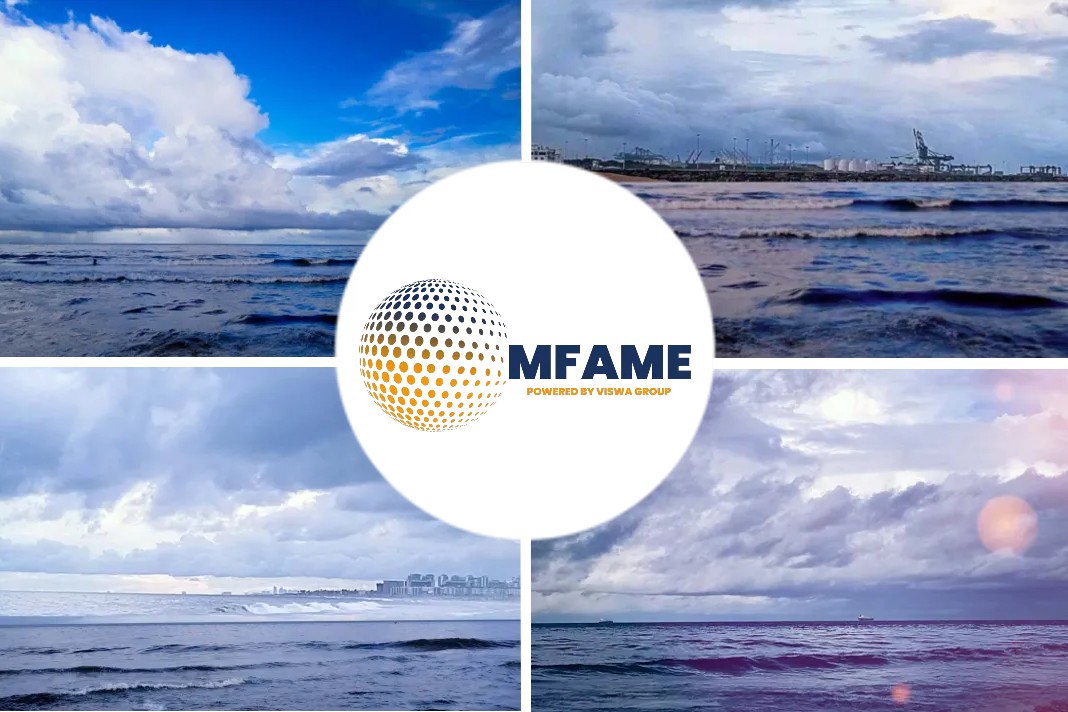- Carriers have moved to deploy far greater tonnage on the more profitable east-west tradelanes.
- Capacity deployed on liner services to and from Africa is now 6.5% lower than one year ago.
- The change in Baltic Exchange calculating formula for the Freightos Baltic Index (FBX) to reflect real figures.
- Continuous shift in capacities between tradelanes to adapt to changes in demand.
Africa is the big loser in the hugely reshaped global liner patterns over the course of the pandemic-strewn last year, says an article published in Splash247.
More regional coverage
Carriers have moved to deploy far greater tonnage on the more profitable three main east-west tradelanes – Asia-Europe, transpacific and transatlantic – at the expense of more regional coverage.
Low capacity to & from Africa
New data from Alphaliner shows that capacity deployed on liner services to and from Africa is now 6.5% lower than one year ago. Mediterranean Shipping Co (MSC), for example, has shifted some 13,000 teu ships from African trading to the Pacific.
Other routes such as intra-Asia and to Oceania and Latin America are also seeing less coverage this year too, but nowhere has seen a greater drop in liner calls than the continent of Africa.
What is the reason?
“The main reason why carriers have shifted a larger proportion of their fleets to the East-West trades is of course the high revenue that can be earned there,” Alphaliner observed in its most recent weekly report.
Continuous capacity shift
Alliances continuously shift capacities between tradelanes to adapt to changes in demand even if there are no real changes in demand.
Underestimated spot rates
Several rate indexes have been underestimating spot rates on the transpacific as they did not include the premiums that shippers are willing to pay to secure a booking guarantee.
Baltic formula change
The Baltic Exchange has changed its calculating formula for the Freightos Baltic Index (FBX) after receiving reactions from the market that the index did not reflect real figures.
As a result, the rate index jumped to $13,666 for China – US west coast shipments, up 108% week-on-week. Average China – US east coast rates stand now at $16,008 per feu.
Asia and North America routes
Alphaliner data shows that the routes between Asia and North America have attracted the most extra tonnage over the last few months. Nowadays, 19.9% of the cellular fleet – equivalent to 4.87m teu – is deployed on the transpacific, which is a huge increase of 30.6% year-on-year.
This impressive capacity growth does not match actual cargo growth however. Carriers simply need much more tonnage as ships get stuck in congested ports in both the US and Asia. Some carriers reported that they needed at least 20 to 25% more fleet capacity to continue carrying the same amount of cargo.
‘Extra sailers’
There has also been a substantial increase in so-called ‘extra sailers’, of which Alphaliner currently counts more than 30 ships between Asia and the west coast of North America alone.
Also crunching the numbers on carrier deployment to battle vessel delays, Denmark’s Sea-Intelligence noted over the weekend that since the start of 2021, carriers on the transpacific have had to deploy more than 20% more nominal capacity than usual, simply to offer the same weekly capacity.
Compensated capacity
Actual cargo-carrying capacity, when compensated for the delay-effect, whether compared to 2020 or pre-pandemic 2019, on both the transpacific and Asia-Europe turns out to be negative, analysts at Sea-Intelligence have worked out when looking at the cargo-carrying capacity on a roundtrip-basis measured in teu*days.
Carriers on the transpacific report that they need 25% more fleet capacity to continue carrying the same amount of cargo.
Africa’s sudden drop
Commenting on Africa’s sudden drop in global maritime connectivity, Jan Hoffmann, head of the trade logistics branch at the United Nations Conference on Trade and Development (UNCTAD), “Unlike the United States, African countries could not create significant economic stimulus packages, and their vaccinations rates are far lower than in North America. So the lower fleet deployment to African routes is a response of these two sides of the Covid pandemic. There is less demand, and the hinterland logistics system is even more strained than in the US.”
Hoffman said today’s liner situation without any idle capacity meant fleet deployment has become a zero-sum game.
“When there is a shortage of containers or ships resulting from congestion in Los Angeles or a stuck container ship in Suez, freight rates go up globally,” he pointed out, going on to observe how importers in Western Africa and South America often have to pay twice for their container: the journey of the full container from Shanghai to Santos or Lagos, and then the return journey of the mostly empty container.
Did you subscribe to our daily newsletter?
It’s Free! Click here to Subscribe!
Source: Splash 247
























